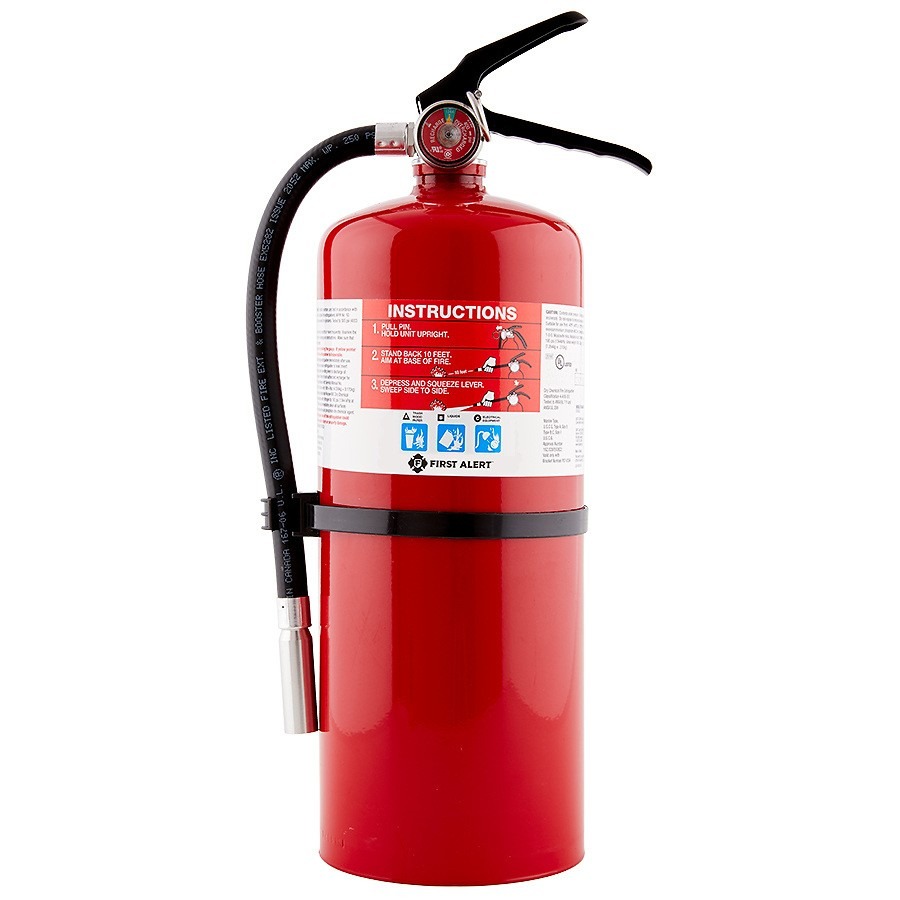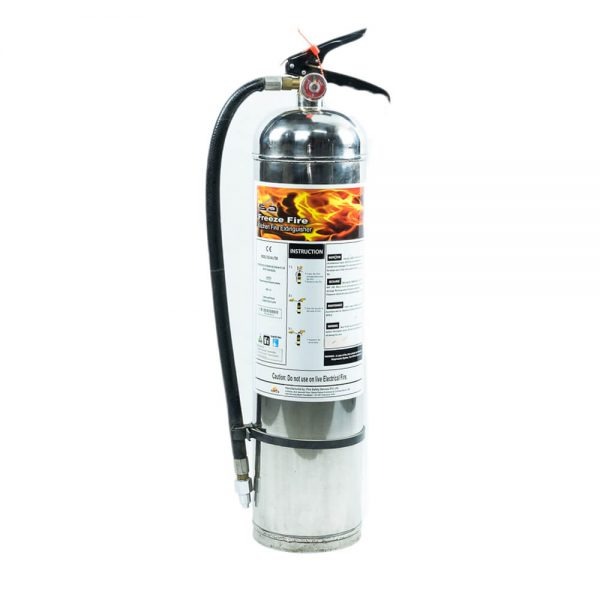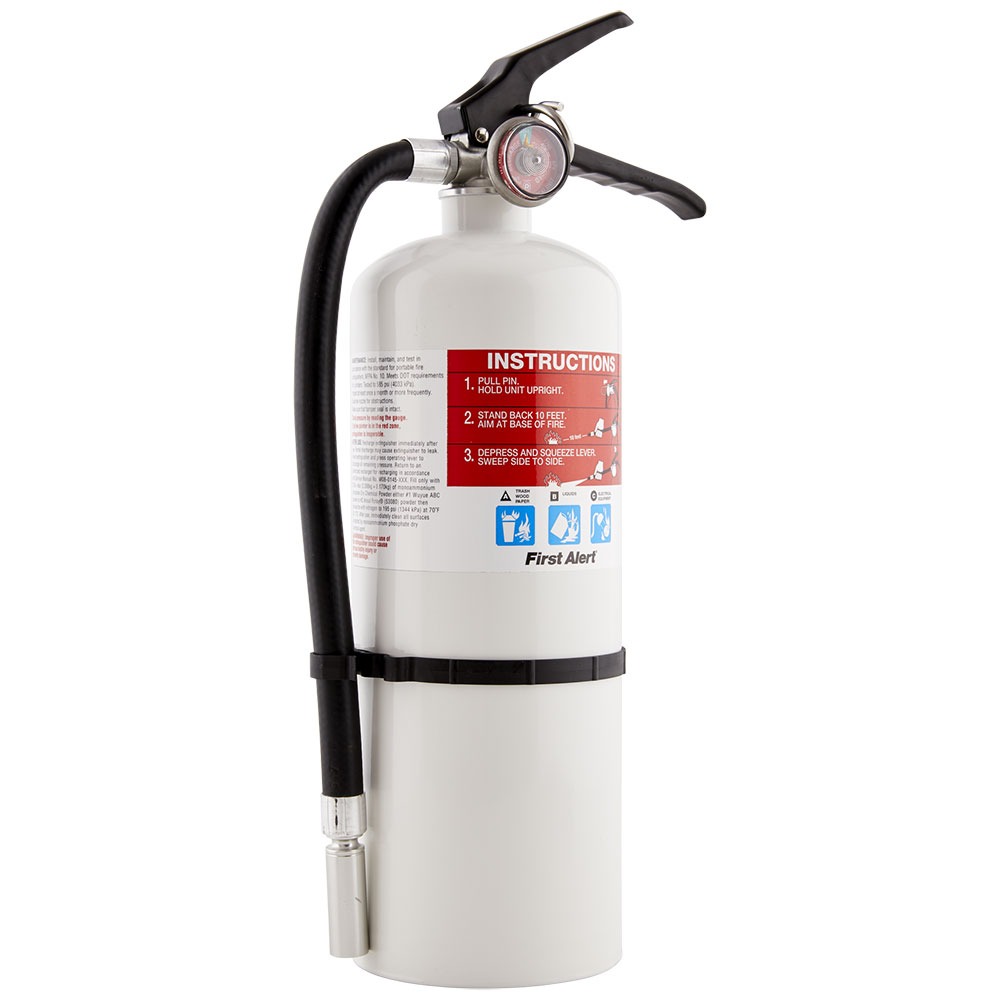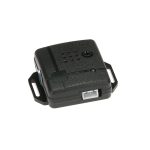Fire extinguishers are essential safety devices found in homes, offices, and public buildings. Understanding fire extinguisher recharging is crucial for maintaining their effectiveness and ensuring safety in case of fire emergencies. Over time, fire extinguishers can lose their pressure or become empty after an incident. Knowing how and when to recharge them can help you keep your fire safety equipment in top working condition. In this article, we will explore the importance of recharging fire extinguishers, the steps involved in the process, and tips for regular maintenance.
Importance of Regular Fire Extinguisher Maintenance
Maintaining your fire extinguisher is not just a recommendation; it’s a responsibility. Regular maintenance ensures that your extinguisher will function properly when you need it most. Here’s why staying on top of fire extinguisher maintenance is crucial for safety:
- Prevents Malfunction: Regular checks help catch any faults or damages. These checks can prevent potentially dangerous malfunctions during an emergency.
- Ensures Efficiency: Ensuring your fire extinguisher is recharged means that it will work at full capacity. A well-maintained extinguisher can be the difference between a minor incident and a major disaster.
- Extends Lifespan: Just like any tool, fire extinguishers have a lifespan. Through regular maintenance and recharging, you can extend the useful life of your extinguisher, saving you money and ensuring reliability.
- Compliance with Safety Regulations: There are safety regulations that require fire extinguishers to be in good working order. Staying in compliance is not just about legality; it’s about the safety of everyone on the premises.
Remember, an unchecked fire extinguisher can fail when you need it most. Take the time to perform regular maintenance and recharging for the safety and security of your environment.
Types of Fire Extinguishers and Their Recharging Requirements

Understanding the type of fire extinguisher you have is critical for proper recharging. Here’s what you need to know about different types and their specific recharging needs:
ABC Dry Chemical Extinguishers
These are multipurpose extinguishers suitable for most fires. They need a special powder as a recharging agent.
CO2 Extinguishers
CO2 extinguishers put out fires by displacing oxygen. They require carbon dioxide for recharging.
Water and Foam Extinguishers
These extinguishers suppress fires by cooling and separating the fuel from oxygen. They need water or foam recharge solutions.
Wet Chemical Extinguishers
Specifically for kitchen fires, these extinguishers require a special wet chemical solution to refill.
Dry Powder Extinguishers
Similar to dry chemical but for special types of fires, like metal fires. They require a particular type of powder agent for recharging.
Clean Agent Extinguishers
These extinguishers use halon or halotron and are less damaging to electronics. They need a reload with the precise agent they were designed to use.
Each type of extinguisher not only requires a specific recharging material but may also involve different procedures and safety precautions. It is essential to follow the manufacturer’s instructions carefully during the recharging process. When in doubt, calling a professional for fire extinguisher recharging services ensures safety and efficiency.
Indicators That Your Fire Extinguisher Needs Recharging

Recognizing when your fire extinguisher requires recharging is crucial for maintaining its effectiveness. Here are several key indicators that signal it’s time to recharge your fire extinguisher:
- Pressure Gauge Reading: Check the pressure gauge often. If the needle points to the red zone, recharge it immediately.
- Physical Damage: Look for signs of damage such as dents, rust, or corrosion. These issues can affect performance.
- Leakage: Any sign of leakage implies that internal pressure might be compromised, necessitating a recharge.
- Usage: If you’ve used your fire extinguisher, even if only slightly, it needs a recharge to be fully effective again.
By staying alert to these signs, you can ensure your fire extinguishers are always ready and functional.
Safety Precautions Before Recharging Fire Extinguishers
Recharging a fire extinguisher is crucial, but ensuring safety during the process is paramount. Here are several vital safety precautions you should follow before commencing the recharging:
- Wear Protective Gear: Always wear safety goggles, gloves, and protective clothing. This gear protects from potential chemical spills and pressures.
- Check for Damage: Inspect the extinguisher for any visible damage, such as dents or corrosion. If found, replace the extinguisher instead of recharging it.
- Ensure Proper Ventilation: Perform the recharging process in a well-ventilated area to avoid inhaling any chemicals used in recharging.
- Use the Right Tools: Make sure you have the correct tools and materials suited for your specific fire extinguisher type.
- Follow Manufacturer Instructions: Adhere strictly to the guidelines provided by the extinguisher’s manufacturer. This ensures both safety and efficiency in recharging.
- Never Overfill: Fill the extinguisher only to the recommended level to avoid over-pressurization, which can be dangerous.
- Label & Record: Once recharging is complete, label the extinguisher with the recharge date and maintain a log for safety compliance.
By following these precautions, you minimize risks and ensure the recharging process enhances your fire extinguisher’s efficacy and safety.
Step-by-Step Process of Fire Extinguisher Recharging
Recharging a fire extinguisher is a detailed process. It ensures readiness for emergencies. Here are the steps:
Step 1: Identify the Extinguisher Type
Begin by identifying your extinguisher’s type. Is it ABC Dry Chemical, CO2, or another kind? Each type demands a specific recharging method.
Step 2: Check for Damages
Check the extinguisher for damages. Look for dents, leaks, or rust. If damage is visible, replace, don’t recharge.
Step 3: Discharge Remaining Contents
Safely discharge any remaining agent. Follow proper guidelines to avoid risks.
Step 4: Clean and Inspect Components
Take the extinguisher apart. Clean all parts. Look for signs of wear or damage within.
Step 5: Replace and Refill
Replace any failed components. Refill with the correct agent to the manufacturer’s specified level.
Step 6: Repressurize
Use the correct gas, like nitrogen, to repressurize the extinguisher to the right level.
Step 7: Check the Pressure Gauge
Ensure the pressure gauge shows a full charge and that there are no leaks.
Step 8: Record the Maintenance
Record the recharge date on the extinguisher’s label. Keep detailed maintenance logs as they’re vital for safety audits.
Conclusion
Each step is crucial. Always follow proper safety procedures. If unsure, contact professionals for help.
Professional Fire Extinguisher Recharging Services
When it comes to fire extinguisher recharging, relying on professionals is key. Here are several reasons to use professional services for this task:
- Expertise and Equipment: Professionals have the right training and tools. They know how to handle different extinguishers safely.
- Safety Compliance: They ensure services meet local safety standards. This keeps your premises up to code.
- Thorough Inspection: A pro checks your extinguisher fully. They catch issues that you might miss.
- Correct Refilling: They use the exact recharging agents needed. This guarantees your extinguisher works right.
- Pressure Accuracy: Pros make sure the extinguisher is repressurized properly. You’ll know it will work when you need it.
- Warranty Preservation: Having a professional service your extinguisher may keep your warranty intact.
- Time-Saving: They do the job quickly and efficiently. This saves you time and hassle.
- Convenience: Many offer on-site services. They come to you, making it easier to stay maintained.
Hiring professional fire extinguisher recharging services not only ensures safety but also peace of mind. Always look for certified and experienced experts for your recharging needs. It’s the best move for safety and compliance.
Understanding the Costs of Fire Extinguisher Recharging

Recharging a fire extinguisher involves certain costs. These costs can vary based on several factors. Here’s a straightforward explanation of what influences these costs and what you might expect to pay:
- Type and Size of Extinguisher: Different extinguishers use various recharging agents; this affects the price. Larger extinguishers will also cost more to recharge due to the higher volume of agent needed.
- Recharging Agent Used: The cost depends on the type of agent required. For example, standard dry chemical agents may be cheaper than specialized agents like Clean Agent or CO2.
- Extent of Service Required: If your extinguisher needs parts replaced or has sustained damage, this can increase the cost. More extensive repairs or replacements will lead to higher charges.
- Location and Service Provider: Costs vary by location due to local labor rates and availability of service providers. It’s worth shopping around or asking for referrals to find the best deal.
- Frequency of Recharging: Regular maintenance and recharging can sometimes reduce overall costs by avoiding larger repairs and ensuring longer lifespan of the extinguisher.
Typically, the cost for recharging a basic fire extinguisher can range from $25 to $50, though prices can be higher depending on the factors mentioned. Remember, ensuring your fire extinguisher works effectively is crucial; it’s a vital investment in safety. Always consider professional recharging services to guarantee proper handling and functionality.
Compliance and Record-Keeping for Fire Extinguisher Maintenance
Ensuring your fire extinguisher is up to standard is not just about safety; it’s a legal matter too. Here’s what you need to focus on for compliance and record-keeping:
- Understand Local Regulations: Different areas have specific laws about fire extinguisher maintenance. Get familiar with these to stay compliant.
- Maintain Service Tags: Every extinguisher needs a tag. It shows the last service date and the due date for the next one. Technicians update these during each inspection.
- Keep Detailed Records: Log every recharge, inspection, or service. These records should include dates, technician names, findings, and actions taken.
- Conduct Regular Inspections: Plan for monthly visual checks. Look for proper placement, clear instructions, and intact seals. Keep a record of these inspections too.
- Schedule Professional Assessments: Have a professional check each extinguisher yearly. They’ll look for deeper issues and update your compliance records.
- Prepare for Audits: If authorities audit your premises, they’ll want to see your maintenance logs. Keep these easily accessible and up to date.
- Educate Your Team: Make sure staff know where extinguishers are and that they should not block them. Teach them how to look for damage or low pressure.
Maintaining your fire extinguisher isn’t just a best practice, it’s a requirement. Good record-keeping helps you track maintenance and prove compliance when needed.

